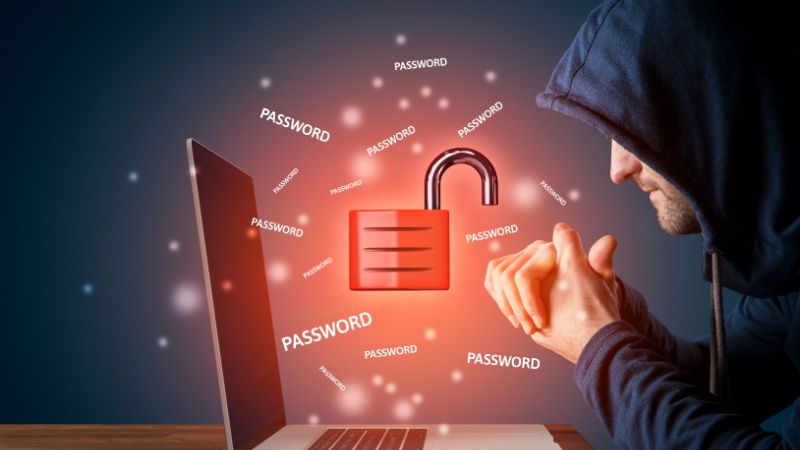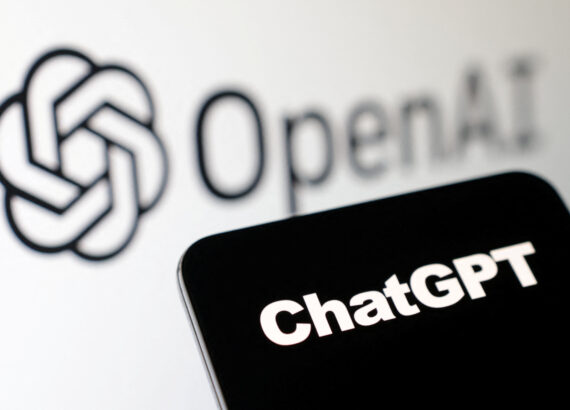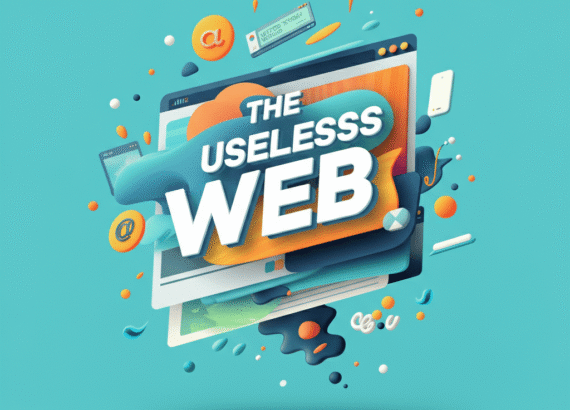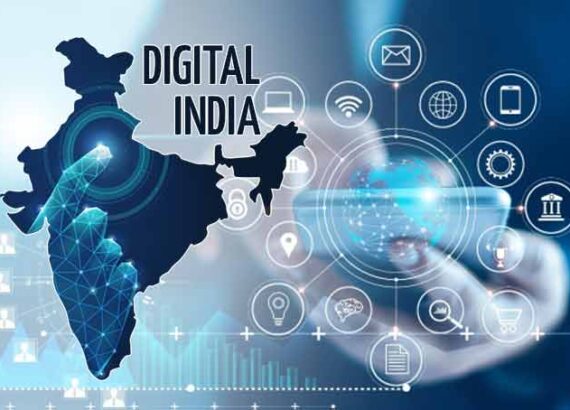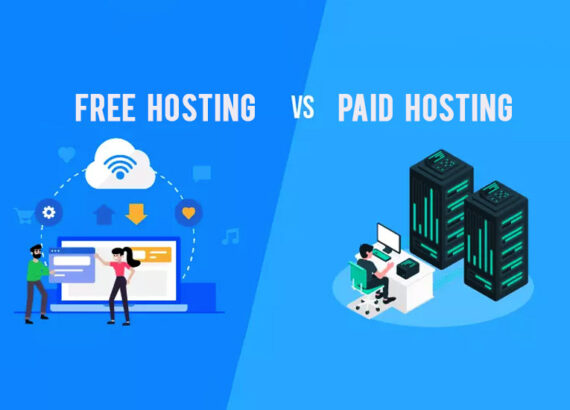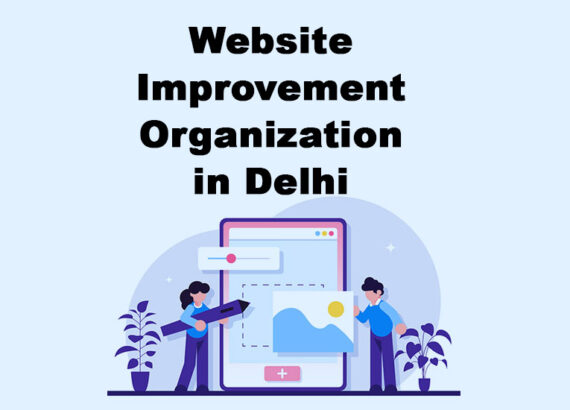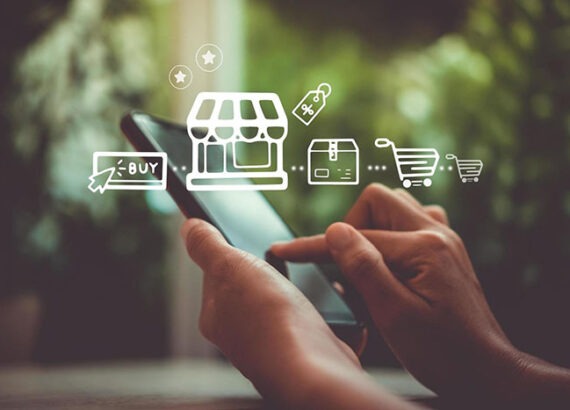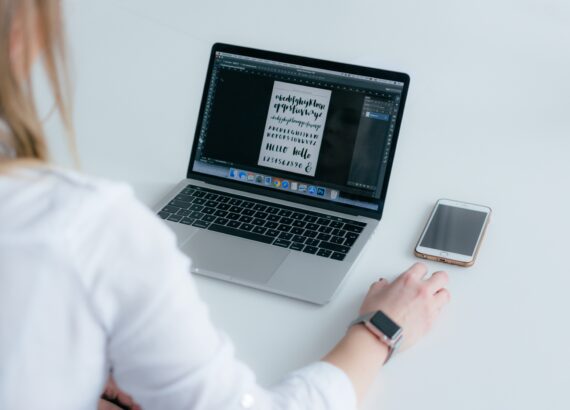No doubt, no service is safe in this digital world. Our data and credentials are in grave danger, truly. It’s hard to imagine what 16 billion actually looks like. That’s more than double the number of people on Earth. And yet, that’s how many email addresses and passwords have just been found floating around online—exposed, vulnerable, and shockingly accessible. The internet has seen its fair share of security disasters, but this? This breach is on an entirely new scale. Experts are stunned, users are at risk, and one thing is crystal clear: if you’ve ever used the internet, you need to care.
Cybersecurity researchers (notably at Cyber News) discovered a trove of over 16 billion login credentials—email addresses, usernames, and passwords—compiled into 30 separate datasets, some as large as 3.5 billion records each. This blog discovers all for you!
What Happened: Behind the 16 Billion Password Breach
Well, readers, this isn’t just another leak buried in the endless wave of digital attacks we read about every week. What was uncovered is being labelled by cybersecurity watchdogs and firms like CyberNews as a “supermassive collection” of credentials. These are fresh, real, and highly usable login details that got hacked. And they didn’t come from one big tech company getting hacked, either. This was different. It was the result of malware silently creeping into everyday devices, gathering usernames and passwords like candy in a jar, and spitting them out onto the dark web.
This isn’t a breach of the company. It’s the breach of everyday people like you and me, quietly losing control of our digital lives.
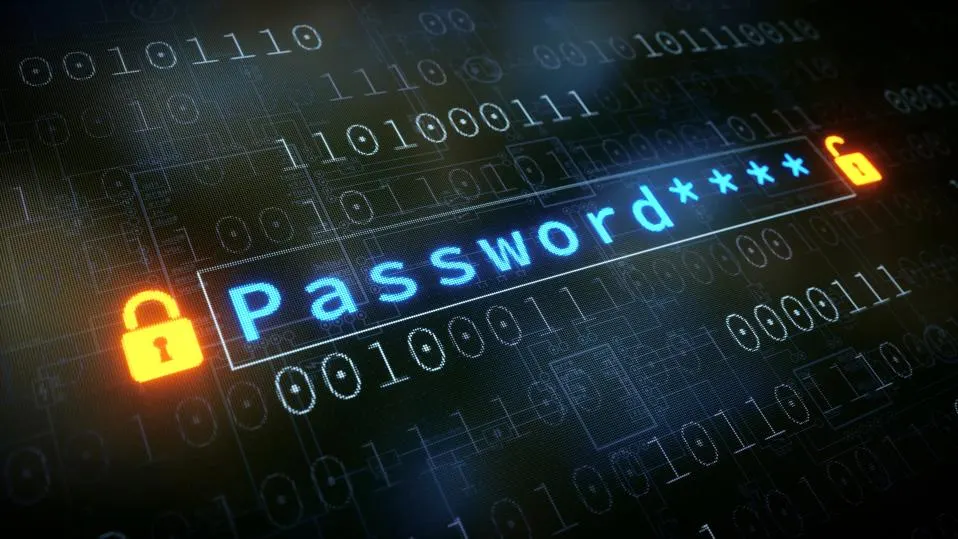
Your Data on Stake and Not Just Emails
Most of us reuse our passwords. Maybe your Facebook password is the same as your Gmail password, or you use your birthday with a twist for everything from Netflix to Paytm. It feels harmless—until someone gets access to just one account. What’s terrifying here is that this leak includes credentials for everything: social media, bank portals, corporate logins, personal storage accounts, e-commerce profiles, you name it. Even government sites across dozens of countries weren’t spared. Nothing was off-limits.
What’s even worse? In some of the exposed files, researchers found active session tokens and cookies. These allow hackers to log in without even needing your password again. Are you imagining this even if solid safety measures failed to save users?
How Did This Even Happen?
Maybe the truth is we made it easy for them. A lot of the data was collected by what’s known as “info stealer” malware—nasty programs that get into your device when you click a bad link, download a pirated file, or just skip a software update. Once inside, these malware tools silently skim your data. Your saved passwords, your cookies, your autofill credit cards—they grab it all.
You might not even know you’ve been compromised. That’s what makes this breach especially chilling—it wasn’t one big explosion of data but a slow bleed, happening across millions of devices for months, possibly years. And now, here we are—with 16 billion pieces of our digital selves in the hands of strangers.
Actually, this is too scary for all of us, especially those who operate their personal accounts and daily activities depending on the same account.
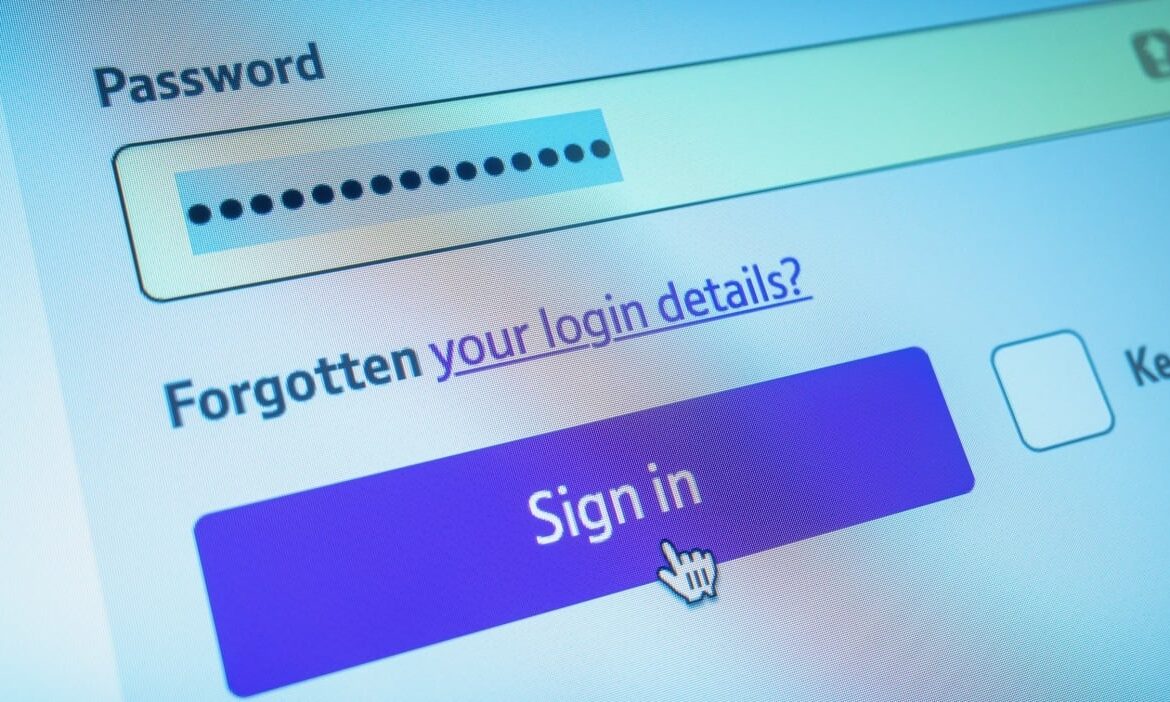
How to Protect Yourself Right Now
1. Change passwords everywhere. Start with critical accounts such as email, banking, and infrastructure (Apple, Google, Facebook). Use unique, long, randomized passwords; never reuse them.
2. You can use a password manager. It automates strong, unique passwords. CyberNews, Tom’s Guide, and others recommend them as a first-line defence.
3. Enable two-factor (2FA)—preferably app-based Authenticator apps (Google Authenticator, Authy) are safer than SMS. But note this – session/cookie theft can, in some cases, bypass 2FA
4. Transition to passkeys where possible. These are biometric or device-based login credentials. Supported by Apple, Google, and Facebook, they are phishing-resistant.
5. Monitor your accounts constantly. See regular updates and regularly check your account. If something seems suspicious, you can report it or take valid measures to safeguard yourself.
6. Be cautious online. Never click on unknown links in SMS or email (FBI warning). Avoid installing apps outside official sources. Delete apps you don’t use.
7. Clean Up Old Accounts. Remember that random site you created an account on in 2019 and never used again? It’s time to either delete it or update the password. Every inactive account is a potential door for attackers. Shut them.
8. Switch to Passkeys. Passkeys are the future—they’re safer, faster, and don’t rely on memory. Apple, Google, and even Amazon are rolling them out. You just use your fingerprint or device instead of a typed password. Fewer hacks, less stress.

Spreading the Information
Cybersecurity isn’t a solo game or an attack on particulars. When your password is compromised, your email can be used to scam your loved ones. Your hacked account might message your mom or friend with a fake emergency, asking for money. Forward this news. Tell your parents. Teach your siblings. Talk to your coworkers. Helping others secure their accounts could prevent a tragedy for someone close to you.
Conclusion
It’s not just personal users who should be panicking. Companies, hospitals, schools, and even small businesses need to step up. They need to enforce password changes, implement 2FA across the board, and run scans to find which users are exposed. We live in a connected world. That means the moment someone gets into one account, they can often get into another. Your inbox is the key to your bank. Your bank is the key to your identity. And your identity? That’s everything. So, stay alert and safe!
Follow Nextr Technology for more amazing updates!
Thank you for reading
Buy Web Hosting at an affordable price: Buy Now.
If you want to build your website at an affordable price, contact www.nextr.in
Read this: How AI is Changing Education

